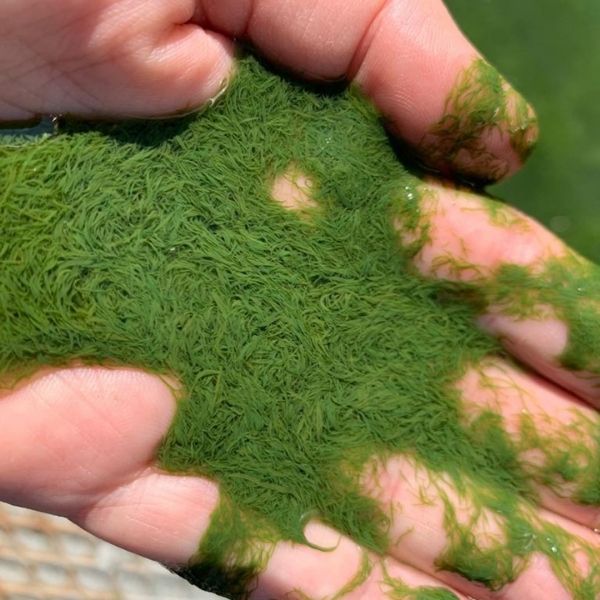Aphanizomenon flos-aquae (AFA) is a type of blue-green microalgae that naturally grows in clean, mineral-rich freshwater lakes, most famously Upper Klamath Lake in Oregon, USA. It has been consumed for centuries in different cultures as a wild-harvested, nutrient-rich food.

How Microalgae Power The Planet
Microalgae are microscopic organisms that photosynthesise like plants. Together, they produce about half of Earth’s oxygen—even more than all the world’s forests combined.
They also absorb carbon dioxide, recycle nutrients, and form the base of aquatic ecosystems.
Aphanizomenon flos-aquae (AFA), though a freshwater species, shares this same oxygen-producing power.

The Science Behind AFA
Aphanizomenon flos-aquae (AFA) is one of nature’s most nutrient-dense microalgae.
- Protein-rich: 60–70% by dry weight with all essential amino acids.
- Antioxidants: Phycocyanin helps protect against oxidative stress.
- Unique compounds: Phenylethylamine (PEA) supports mood and focus.
- Research: Early studies suggest roles in gene regulation and stem cell activity.
Science continues to uncover why AFA is considered a rare and powerful freshwater superfood.
Aphanizomenon flos-aquae (AFA): A Scientific Overview
Nutritional and Bioactive Composition
AFA is exceptionally nutrient-dense:
- Protein: 60–70% by dry weight, with all essential amino acids.
- Vitamins & Minerals: Naturally contains a broad spectrum of micronutrients.
- Pigments: Rich in chlorophyll and phycocyanin, a blue antioxidant compound that supports cellular protection.
- Unique Compounds: Contains phenylethylamine (PEA), often called the “feel-good molecule,” associated with mood and focus.
This natural balance of macronutrients, micronutrients, and bioactive compounds is why AFA is regarded as one of nature’s most complete superfoods.
Emerging Biological Effects
A recent study published in March 2025 demonstrated that AFA can modulate DNA methylation patterns in inflammation-related genes in intestinal cells, marking its first identified epigenetic effects.
Preliminary evidence also suggests that AFA may stimulate the mobilisation of CD34⁺ hematopoietic stem cells in humans over short periods, though further validation is needed.
Antioxidant & Cytotoxic Activity
A biorefinery-focused study showed non-purified AFA extracts had markedly higher antioxidant capacity (scavenging ~77% of ABTS radicals vs. ~22% for pure phycocyanin) and enhanced cytotoxicity against certain cancer cell lines, indicating potential synergistic effects among bioactive components.
How does AFA influence epigenetic and inflammatory health in the gut?
Epigenetic Modulation: Research using human intestinal cell models reveals that AFA modifies DNA methylation in inflammation-related genes (e.g., TNF-α, IL-6), marking a groundbreaking discovery as of August 2025.
Anti-Inflammatory Effects: Initial findings suggest AFA reduces pro-inflammatory cytokines, hinting at potential gut health benefits, though additional human studies are required for confirmation.
Is AFA safe to consume?
Yes. The AFA strain from Upper Klamath Lake does not produce toxins, and every batch of E3Live products is third-party tested for purity. E3Live has never had a product recall in over 20 years of harvesting.



